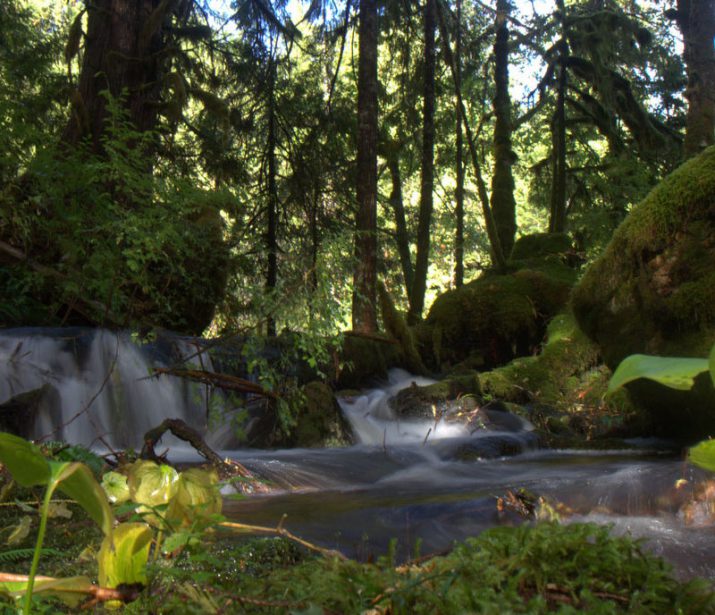Home • Resource Stewardship • Land Use Planning & Management
Land Use Planning & Management
In 2000 the Kitasoo Xai’xais First Nation released their Land and Resource Protection and Management Plan (land use plan), one of the first of its kind developed by a First Nation in British Columbia. The expectation of the land use plan is that there will be meaningful engagement and collaborative decision making between the Kitasoo Xai’xais, other governments, and industry before any development takes place within the territory, or efforts to plan or manage Kitasoo Xai’xais lands or resources.
The stated objectives of the land use plan are to provide for:
- Sustainable and stable Kitasoo Xai’xais communities
- The social development of Kitasoo Xai’xais families and individuals
- The spiritual and cultural integrity of the Kitasoo Xai’xais way of life
- The protection and enhancement of the environment
- Economic self-reliance in employment for Kitasoo Xai’xais people and revenue to Kitasoo Xai’xais government
The land use plan provides detailed management objectives for each of the protected areas established throughout the territory. The stated primary objective of these protected areas is “protection of fish, wildlife, cultural and biodiversity values.” Low-impact tourism is allowed in the protected areas and the Kitasoo Xai’xais can continue to hunt and fish for food, social and ceremonial purposes. However, no timber harvesting, mining or other resource extraction can take place in protected areas.
Building on the land use plan, the Kitasoo Xai’xais worked with other governments and stakeholders to develop the Central Coast Land and Resource Management Plan (CCLRMP), and negotiated and agreed to a Strategic Land Use Planning Agreement (SLUPA) with the Province of British Columbia in 2006, which provided for a collaborative implementation of the land use planning agreements in the Kitasoo Xai’xais territory.

Collaborative Decision-Making Framework
In 2024, the Kitasoo Xai’xais signed an Accord for the Co-Governance, Environmental Stewardship, Economic Renewal and Local Community Well-Being in the Pacific North Coast (the “CFN-BC Regional Accord) to further identify and implement initiatives that recognize Kitasoo Xai’xais title, rights and interests to the territory, as well as access to economic opportunities. The Regional Accord includes a Collaborative Decision-Making (CDM) Framework for land and resource decision-making that is more efficient, effective and responsive to the interests of First Nations and the Province.
Ecosystem Based Management
Today, KXSA is actively involved in the implementation of Ecosystem Based Management (EBM) in the Great Bear Rainforest and the associated agreements, legislation and land use orders. EBM is a management paradigm that places an emphasis on maintaining ecosystem integrity and community well-being. These goals are in part achieved by accounting for natural variability in systems, using ecological thresholds to gauge management decisions, and ensuring economic opportunity and environmental sustainability for local communities. In the Great Bear Rainforest, EBM also means that greater management authority is shifted to First Nations governments, that the values of the local people are as important as objective knowledge, and that capacity building initiatives are implemented so that First Nations communities can benefit directly from associated employment opportunities.
image credit: Moonfish Media


Cultural Features Inventory
The First Nations section for the Central and North Coast in the 2016 Great Bear Rainforest Land Use Order (GBRLUO) prescribes requirements for forest management, including carrying out field reconnaissance or field assessments for cultural features. These surveys are required to maintain and protect cultural features that may be affected by logging, road construction and associated activities.
The Kitasoo Xai’xais Stewardship Authority conducts these Cultural Feature Inventory (CFI) surveys prior to development in Kitasoo Xai’xais territory.
